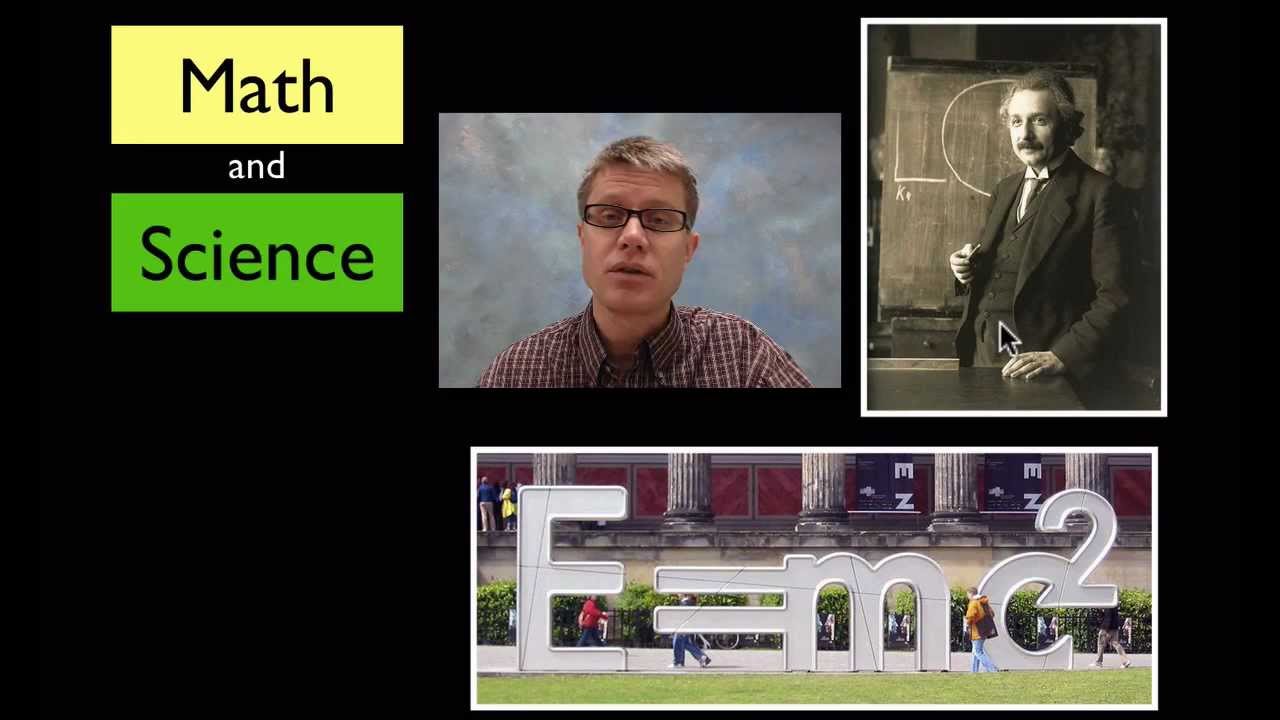ESS3.D: Global Climate Change
In this video Paul Andersen explains how humans are impacting the Earth through farming, mining, pollution and climate change. According to the NGSS wise management can reduce impacts on the planet. This will become more important as developing countries start consuming more resources. A K-12 teaching progression is also included.
ESS2.D: Weather and Climate
In this video Paul Andersen describes both weather and climate. Weather is the day-to-day conditions on the Earth's surface, including temperature, wind, humidity, air pressure, and precipitation. Climate are the long term conditions on the Earth's surface. Both climate and weather are determined by sunlight, water, landforms and life forms. A K-12 teaching progression is also included.
CCC4: Systems and System Models
In this video Paul Andersen explains how systems can be used to understand phenomenon in science and create better designs in engineering. He starts by defining the characteristics of a system and describes how system models can be used to better understand the world. For example a system model of the water cycle can show the cycling of matter on the surface of the Earth. He ends with a progression of instruction for a K-12 science classroom.
SEP5: Using Mathematics and Computational Thinking
Paul Andersen explains how mathematics and computational thinking can be used by scientists to represent variables and by engineers to improve design. He starts by explaining how mathematics is at the root of all sciences. He then defines computational thinking and gives you a specific example of computational modeling. He finishes the video with a teaching progression for this practice.




